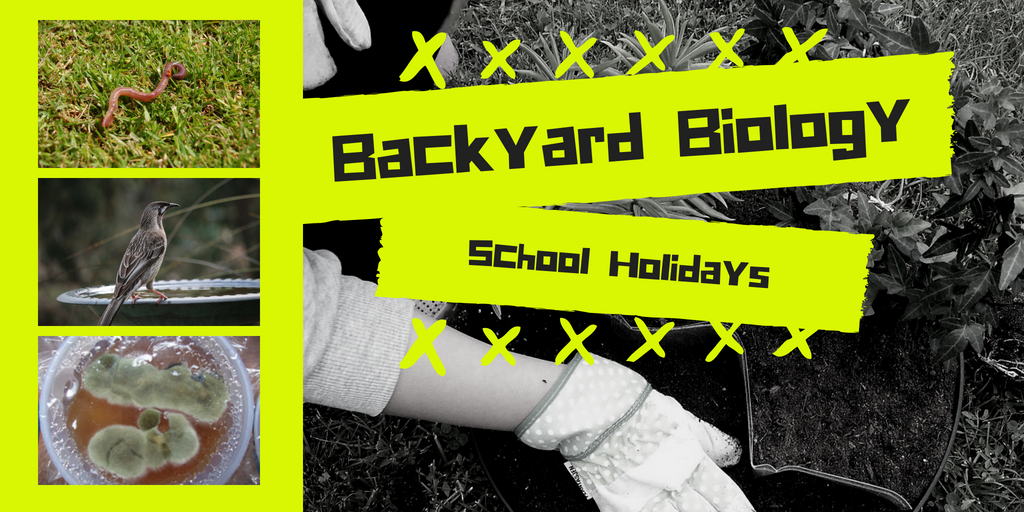Download PDF: ISPL Insight – Backyard Biology
Are your kids interested in biology or are you trying to cultivate an interest in biology? School holidays are a great time to spend some time doing some backyard biology i.e. backyard biology related research and experiments.
Biology is the study of life and living organisms. Life is everywhere, thriving in the city and in the country, in ecosystems around the planet, in deserts, oceans, and right outside your door. Invite and encourage your children to investigate living things in your backyard, parks, nature reserves and playgrounds. Experiments, trivia and fun facts bring plants, animals and microorganisms to life.
There are a lot of great activities and projects out there that can encourage your children to make discoveries and a few of them are listed below:
Experiment: Cultivate the bacteria that grow on your hand
(borrowed) (For days when it’s too cold and wet to go outside)
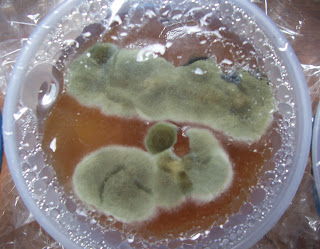 For this experiment, you can use ready-made gelatin or if you buy gelatin from a package, follow the instructions to make it. While the solution is still hot, pour into the container where you want to cultivate your bacteria, and cover to avoid contamination from the air (younger children may require assistance and supervision). Place the container in the fridge overnight, so the gelatin solidifies. Remove from fridge once solid, touch the gelatin, put the lid on again and leave the container at room temp or near the radiator for a few days.
For this experiment, you can use ready-made gelatin or if you buy gelatin from a package, follow the instructions to make it. While the solution is still hot, pour into the container where you want to cultivate your bacteria, and cover to avoid contamination from the air (younger children may require assistance and supervision). Place the container in the fridge overnight, so the gelatin solidifies. Remove from fridge once solid, touch the gelatin, put the lid on again and leave the container at room temp or near the radiator for a few days.
If the gelatin is ready-made, touch the gelatin and put it in a glass jar with a lid.
After some days, you will observe white spots on the gelatin. These are your hands’ skin bacteria. Even if you try to wash your hands and repeat the experiment, we will always have bacteria on our hands.
The explanation for this experiment is quite simple – microorganisms are everywhere, but we do not usually see. In this experiment, they use the gelatin as food, and since there are nutrients in, the gelatin, they can reproduce many times and accumulate in the container until we can see them.
Survey: Find an earthworm
(borrowed)
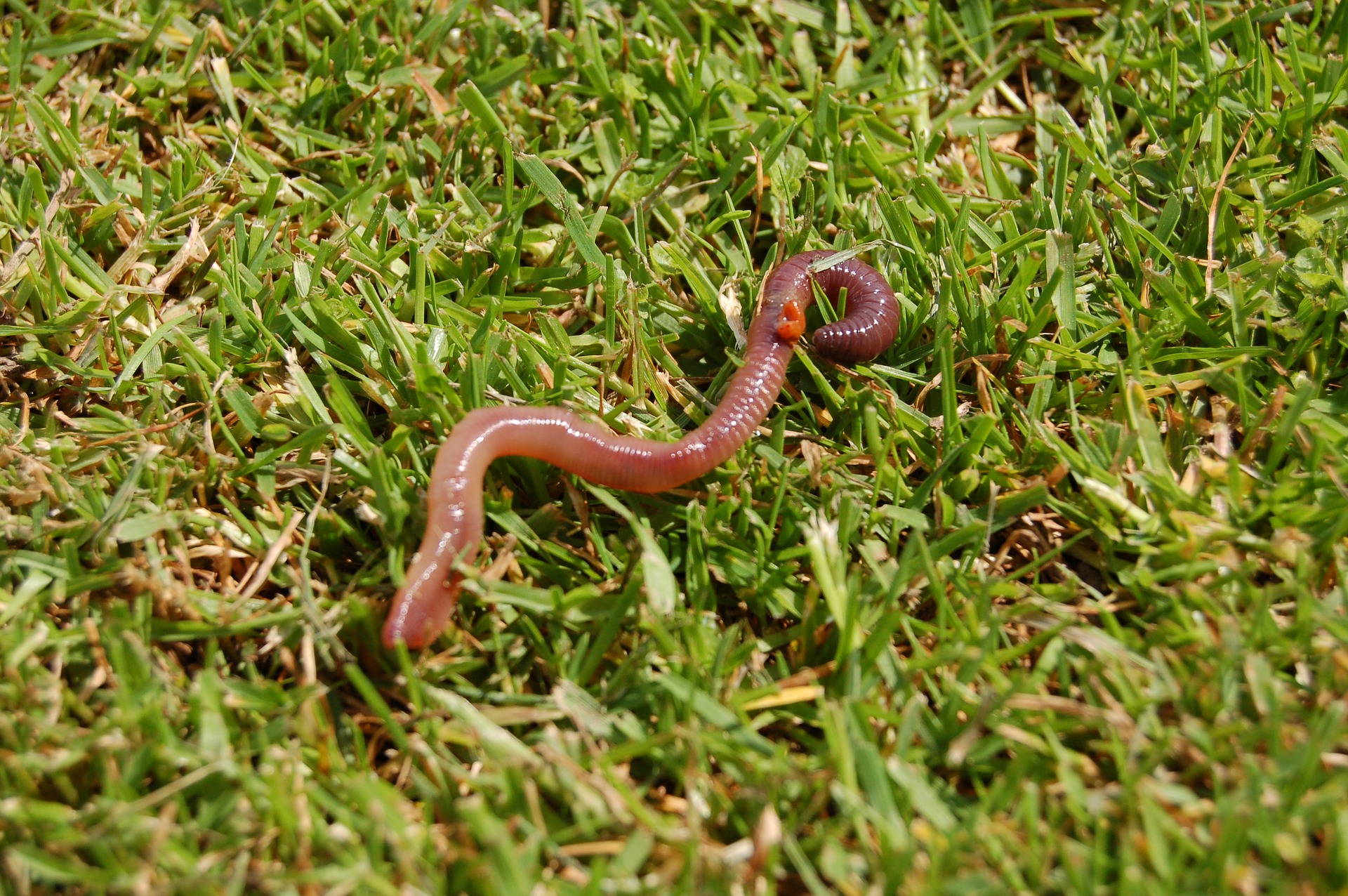 This can be done in the backyard, go for a walk around the neighbourhood or to the park. You can look for earthworks under rocks or logs, under backyard furniture or toys. On rainy days you can take a walk after a rainstorm and rescue the earthworms on the footpaths by placing them on the grass or in the bush.
This can be done in the backyard, go for a walk around the neighbourhood or to the park. You can look for earthworks under rocks or logs, under backyard furniture or toys. On rainy days you can take a walk after a rainstorm and rescue the earthworms on the footpaths by placing them on the grass or in the bush.
Once you find an earthworm you can make some observations about it:
- Can you tell which end is the head? Watch the earthworm move. Usually, it moves forward, so the head in will be in front. The head is also more pointed whereas the tail is more rounded.
- The earthworm is made of ring-like segments. Can you count how many segments it has?
- Earthworms have setae, little hairlike bristles on each segment that help the worm move. Wash off the earthworm in a bit of water. Then, place the earthworm on a piece of paper. Can you hear the rustling sound when it moves? That’s the sound of the setae rubbing against the paper.
- Place the earthworm in your hand. Can you feel the setae on your hand as the worm moves?
- Look at the earthworm under a magnifying glass. Can you see the setae on each segment?
- What does the earthworm feel like? Is it slimy? Is it cold?
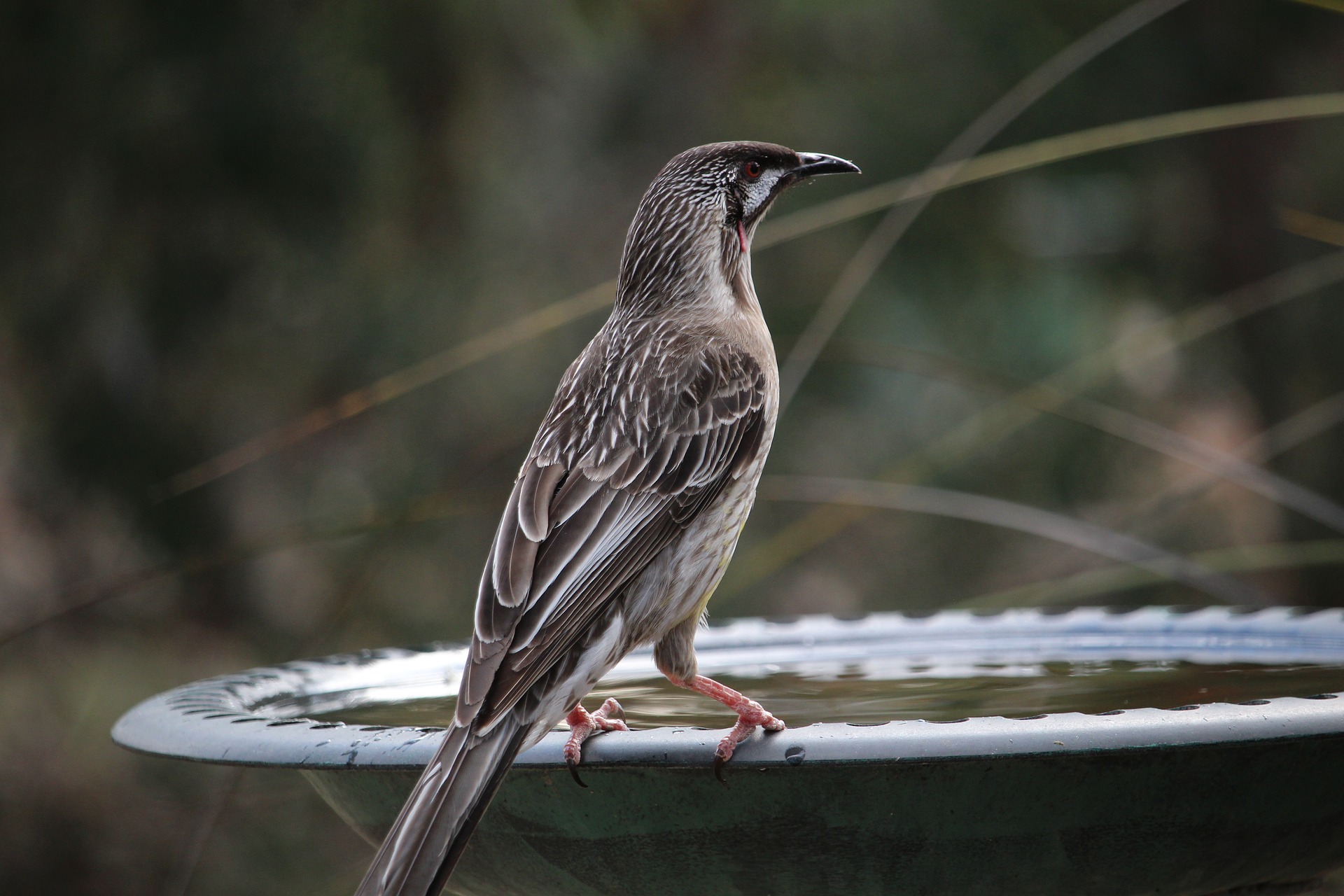 Other ideas for backyard biology include, but are not limited to:
Other ideas for backyard biology include, but are not limited to:
Horticulture: tending particular plants (varying soil types, water regulation)
Literature: reading outdoors on a shaded bench or designing a themed garden.
Art: paint or draw the creatures, plants, and structures in the garden, design flower beds or bird-friendly garden.
Nature & Wildlife: Get a set of binoculars and go bird watching in the park.
Considerations for backyard biology
Some things to consider when doing backyard biology include safety and ethics.
For example, when handling soils, compost and/or potting mix, it is useful to keep in mind that potting mix is known to carry harmful bacteria and fungi which may be harmful to health if ingested or inhaled. There have been reports of deaths from diseases, such as the Legionnaires’ disease (a lung infection), that have been attributed to bacteria in potting mix. You can protect yourself and your little ones by wearing gloves when handling soils, compost or potting mix. Also, make sure that you wash your hands after and particularly before eating (which you already do!)
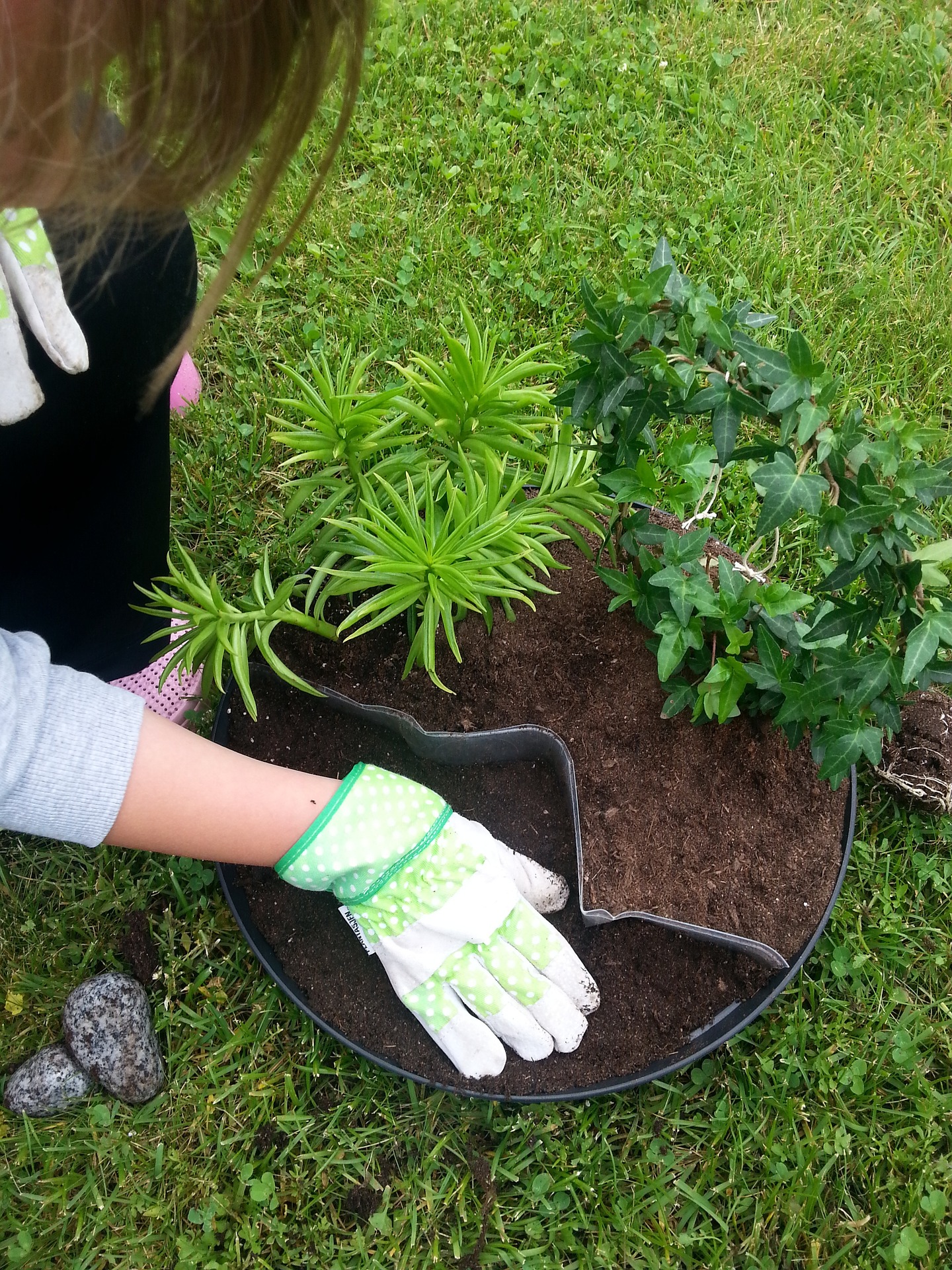 It is useful also to consider how the act of handling earthworms or other small critters would affect them. Although this is probably not an issue for one child searching for critters for observation purposes, it’s important to remind our children to not cause harm to the environment. Once observations are complete, the earthworm should be returned to its natural environment.
It is useful also to consider how the act of handling earthworms or other small critters would affect them. Although this is probably not an issue for one child searching for critters for observation purposes, it’s important to remind our children to not cause harm to the environment. Once observations are complete, the earthworm should be returned to its natural environment.
Get out there and enjoy encouraging your kids to engage with their environment this school holiday.

